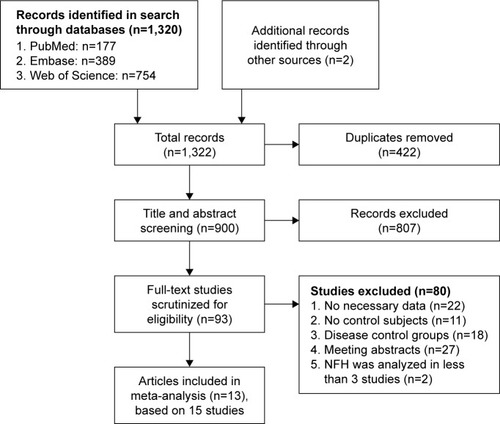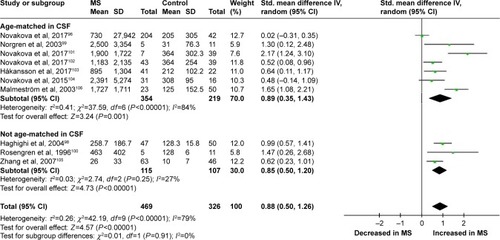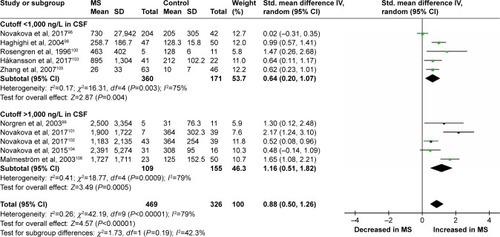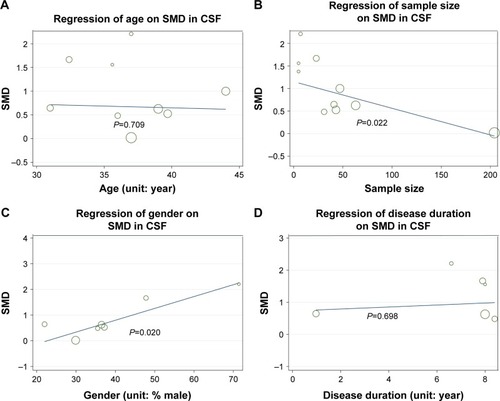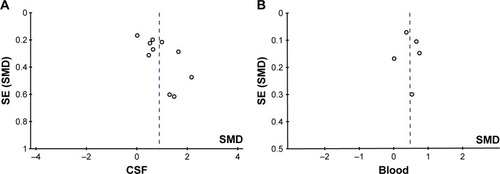Figures & data
Table 1 Characteristics of studies involved in the meta-analysis
Table S1 Quality scores of included studies
Table S2 Results of sensitivity analysis
Table S3 Results of subgroup analysis
